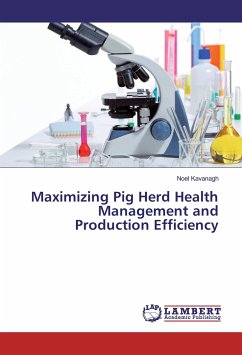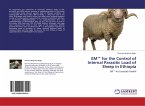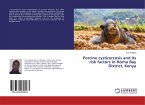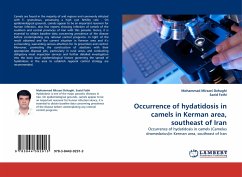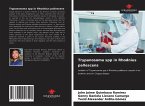India is blessed with a major share of the global population of livestock comprising of 13.5 million pigs. The share of pig meat in the total meat production in India is about 10%. It is noticed that about 84% pigs are slaughtered each year in India for meat purpose or value addition. Most of the pork produced in India is supplied to domestic market for local consumption. Hydatidosis in food animals is responsible for tremendous economic losses due to condemnation of affected viscera and meat. In India, pigs are mainly raised as scavengers and hence, they get easily access to the infested dog faeces. The prevalence of hydatidosis in pigs in India varies from 0.43 to 8.25% . Although economic losses due to hydatidosis in pigs have not been estimated precisely, but there are several indirect evidences like condemnation of infected viscera and meat suggesting heavy losses to pork industry.


